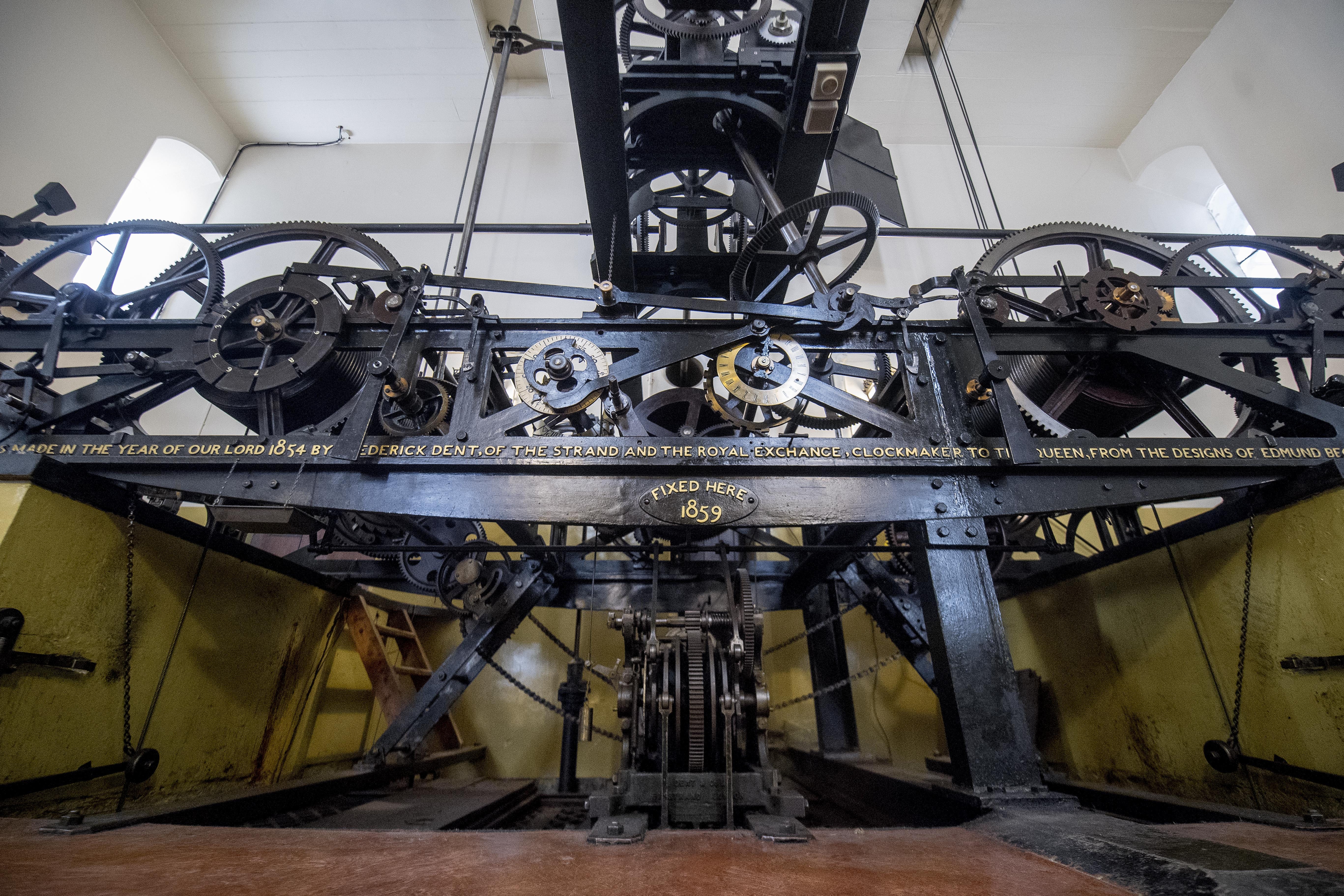I don't much like adjustables but will use one if I have to. One thing that's not been mentioned is that they have bigger and chunkier heads, awkward in confined spaces and heavy/unbalanced if you are using for long periods.
I don't really get the love of combination spanners. Ideal I guess if you need to start with ring and finish with oe in the same space, but to get a set of (say) 10 sizes you need 10 combination spanners. You can get the same range from 5 oe and 5 ring, with the advantage that if you have a through bolt with a same sized nut at the other end you have a spanner for each end, not so with combinations.
A general observation, slightly or but perhaps relevant to spanner enthusiasts I did a lot of car fixing for myself and friends back in the 70s,much less now. Back then I mostly used 1/2 inch drive sockets on mostly cast iron engines and gearboxes. Sometimes resorting to 3/4 drive on hubs and transmission shafts. As time went on and lighter mostly alloy engines appeared I got a nice Kamasa 3/8 drive set that was the go-to choice and still serves me well. But now, I use a small Bahco 1/4 drive set a lot and resort to the 3/8 if I have to. Those 1/2 inch sockets seem awfully big and clunky these days.
Sometimes you realise that good designers think about maintenance. We had a couple of Citroen Dyanes and a 2cv. Designed to be looked after by anyone anywhere. You could do a full service with a spark plug spanner, which also undid the oil drain, a ring spanner (13mm from memory) and a #2 Philips screwdriver. 3 tools in your pocket and off you went. The starting handle other end undid the wheel nuts and, if necessary, the bolts that held the wings on. If you came across something those tools didn't fit, you knew you were trying to undo the wrong thing. Elegance and economy of design.



































